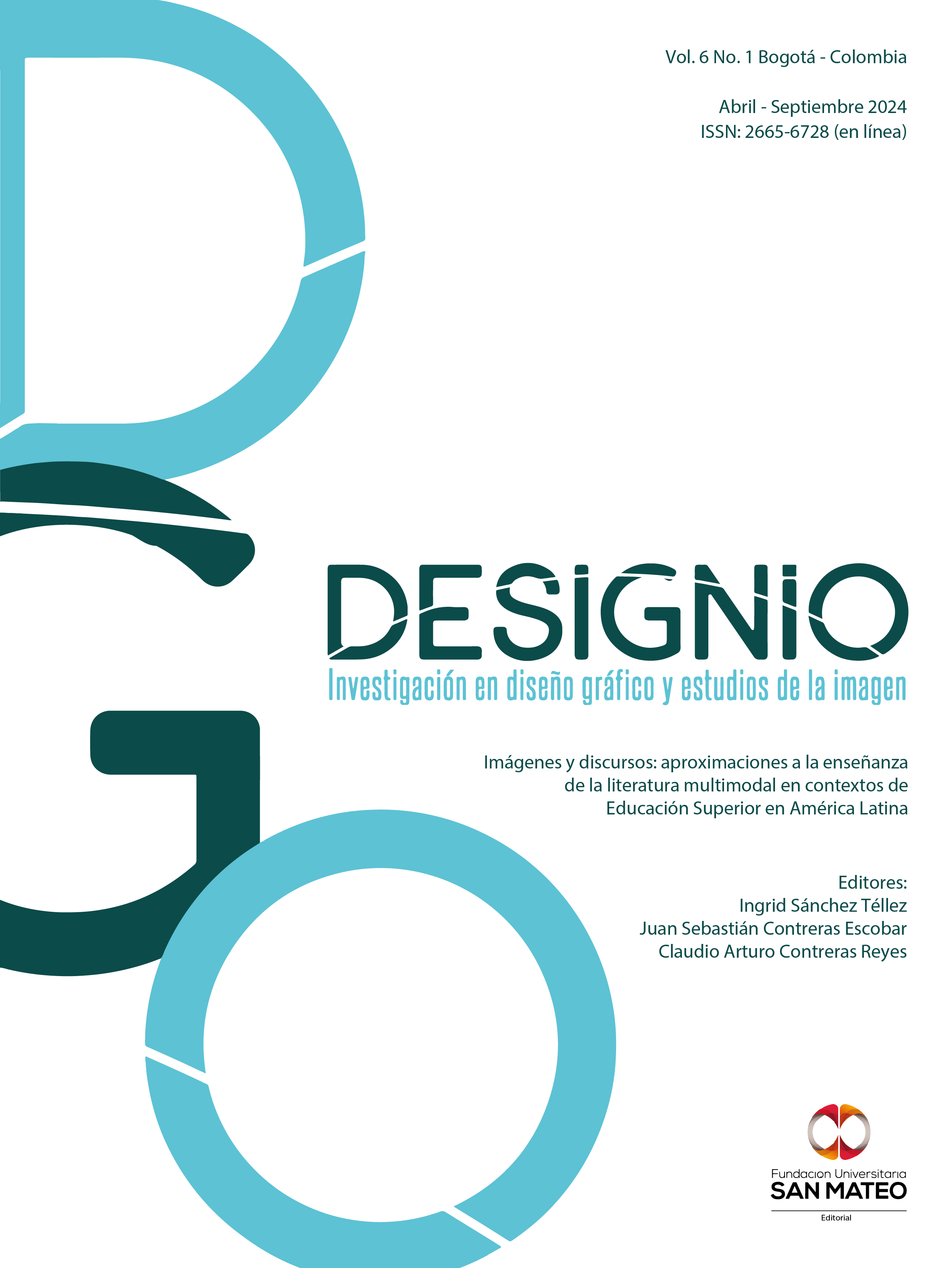“Giorgio Morandi. «Still life, 1960»” en El saber de no saberse de Hugo Mujica Pedagogía de la pintura/escritura y actitud fenomenológica desde la intermedialidad
Contenido principal del artículo
Resumen
La obra Still Life (1960) de Giorgio Morandi adquiere un carácter didáctico en la ecfrasis que de ella hace el poeta argentino Hugo Mujica. Bajo una mirada fenomenológica, Mujica discurre literariamente sobre el carácter artístico de esta pintura, sugiriendo una noción “aurática” –a la manera de de Walter Benjamin– pero dirigida bajo el carácter propio de la poética del autor argentino. Mujica entiende que la poesía no adquiere dominio de significación. Still Life no tendrá el de la representación. Entre lo indeterminado del carácter de la imagen como tiempo y el acto mismo de escritura poética, Still Life se torna un modelo de escritura en el rasgo ontológico de lo artístico, en términos del poeta.
Descargas
Detalles del artículo

Esta obra está bajo una licencia internacional Creative Commons Atribución-NoComercial-SinDerivadas 4.0.
Citas
Benjamin, W. (2003). La obra de arte en la época de su reproductibilidad técnica [Urtext]. (Trad. Andrés Weikert). Ítaca.
Derrida, J. (1992). “This Strange Institution Called Literature”. An Interview with Jacques Derrida. En D. Attridge (Ed.), Acts of Literature. (pp. 33-75). Routledge.
Drucker, J. (2010). Art. En W. Mitchell & M. Hansen (Eds.), Critical Terms for Media Studies (pp. 3-18). The University of Chicago Press.
Estenssoro, H. (2009). El pincel ontológico. Letras Libres. Cuba Cincuenta Años de Felicidad, (88). http://www.letraslibres.com/mexico/el-pincel-ontologico.
González, A. (2014). Hermenéuticas del vacío: Antonio Porchia y la Brevedad Expresiva. La Palabra, (24), 69-77. redalyc.org/pdf/4515/451544860006.pdf
Heffernan, J. (2015). Ekphrasis: Theory. En G. Rippl (Ed.), Handbook of Intermediality. Literature–Image–Sound–Music (pp. 35-49). De Gruyter.
Louve, Liliane. (2016). Poetics of the Iconotext. Karen Jacobs (Ed.) y Laurence Petit (Trad.). Routledge. MET. (2008, septiembre 16). Giorgio Morandi, (1890-1964). https://www.metmuseum.org/-/media/Images/Exhibitions/Temporary/GiorgioMorandi_109_534.JPG?w=1200&hash=FB93EED397C2CC1181324A76B8520EBD0332B6F4 )
Mujica, H. (s.f.). Biografía. Hugo Mojica. www.hugomujica.com.ar.
Mujica, H. (2014). Giorgio Morandi, “Still life, 1960”. En El saber del no saberse. Desierto, Cábala, el no-ser y la creación (pp. 41-44). Trotta.
Rimoch, D. (2017, 22 de noviembre). Walter Benjamin: el encuentro de la filosofía con la literatura. Diario Judio. https://diariojudio.com/comunidad-judia-mexico/curso-origenes-judios-del-modernismo-impartido-por-el-mtro-david-rimoch/256183/
Rippl, G. (2015). “Introduction”. En G. Rippl (Ed.), Handbook of Intermediality. Literature–Image–Sound–Music (pp. 8-34). De Gruyter.
Robillard, V. (2011). “En busca de la ecfrasis”. En S. González & I. Artigas (Eds.), Entre artes, entre actos. Ecfrasis e intermedialidad (pp. 27-50). ECOE Ediciones.
Warnken, Christian. “Hugo Mujica” Una Belleza Nueva https://www.youtube.com/watch?v=qQwH72ogz7s 2008.

